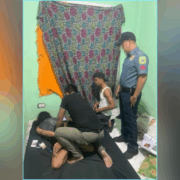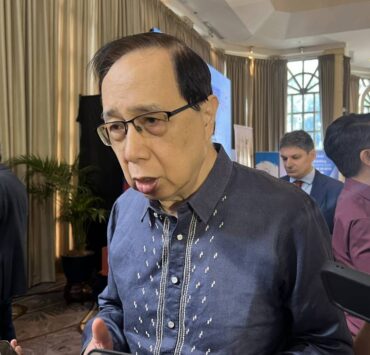The night is dark and full of (systemic) terrors
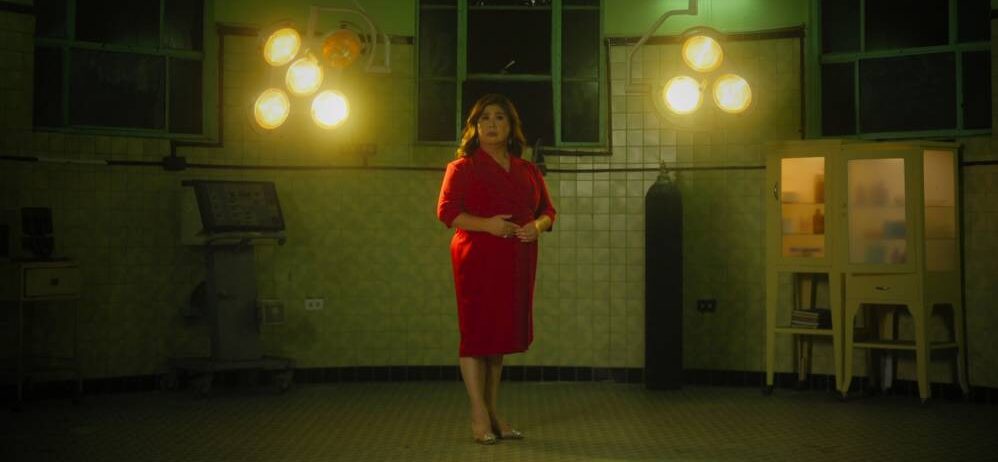
Jessica Soho believes in ghosts. That much is certain, she says, after witnessing an apparition of a dead colleague in her office many years ago—an experience that may have been made possible by a hypnosis session in college, which she suspects awakened her third eye.
So perhaps it wasn’t at all far-fetched that, beyond her coverage of politics and social issues, she has also ended up telling stories about the supernatural. In 2013, her long-running news magazine program “Kapuso Mo, Jessica Soho (KMJS)” introduced “Gabi ng Lagim,” an annual Halloween special that presents paranormal encounters inspired by real-life events.
While her personal experiences could seem at odds with her fact-driven reporting of current events, Soho tells of the paranormal without ever losing her journalistic lens.
Story submissions are vetted as they would be for straight news. Multiple witnesses are interviewed for cross-referencing. Expert commentary from historians and sociologists are sought to provide cultural context or insight into folklore. Priests and psychologists are invited to offer alternative interpretations. Photographic and audio evidence is also carefully scrutinized.
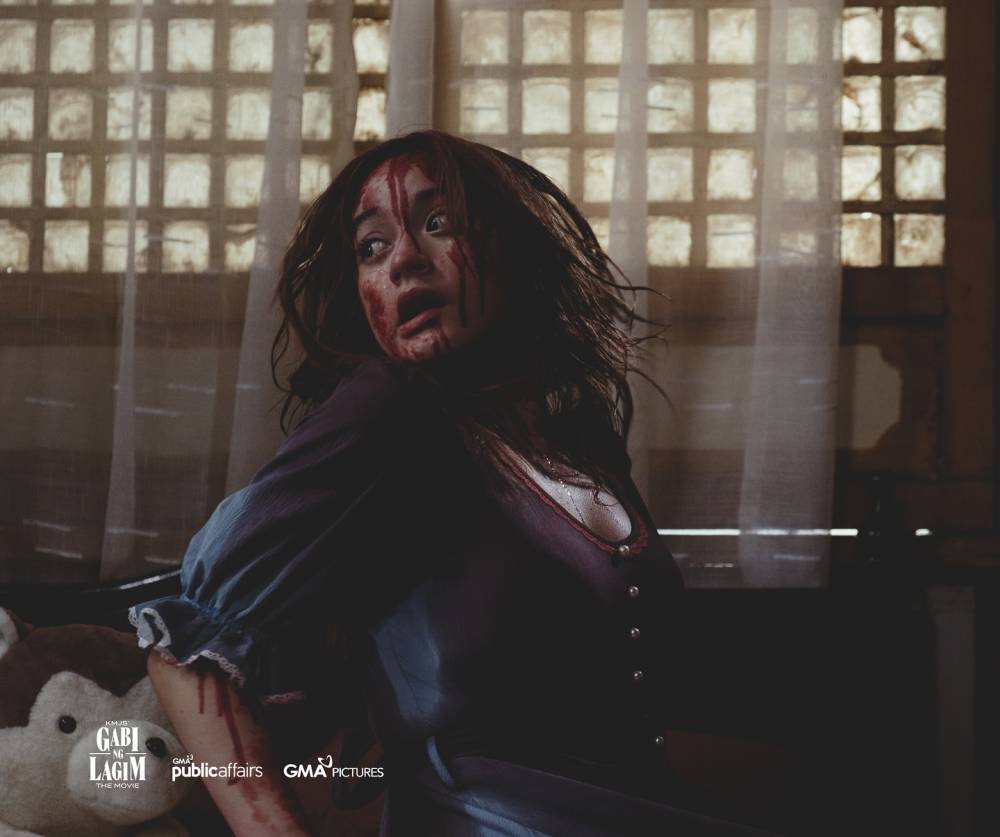
Respecting the story
This is the same level of rigor viewers can expect from “KMJS’ Gabi ng Lagim: The Movie,” as the beloved television tradition makes its way to the big screen on Nov. 26.
“We make sure that our stories are relevant and placed within the context of what’s happening in our world,” Soho tells Lifestyle Inquirer at a recent press conference. “I have always maintained that our stories in ‘KMJS’ should have integrity. We respect the story.”
Produced by GMA Pictures and GMA Public Affairs, the film features three segments that delve into pertinent personal and societal issues, with horror serving as the overarching metaphor. “What makes them scarier is that they’re not just figments of the imagination,” Soho says.
In “Pocong,” Yam Laranas gives a glimpse of the plight of OFWs at sea. The maiden voyage of a cadet seafarer (Miguel Tanfelix) descends into terror as hauntings aboard his ship uncover truths more horrifying than any ghost. In Indonesian and Malaysian folklore, the pocong is believed to be the soul of a dead person who wasn’t properly buried and remains bound by its burial cloth.

“The horror is also real life—being away from family in a place of isolation and uncertainty,” Tanfelix points out.
Dodo Dayao explores corruption, abuse of power, and the fragility of beliefs in tight-knit communities. In “Berbalang”—starring Sanya Lopez, Elijah Canlas, and Rocco Nacino—a freshly murdered body is stolen from the town morgue, prompting whispers about the existence of a flesh-eating creature. The berbalang, tied to the folklore of Tawi-Tawi province (specifically of the Mapun area), terrorizes the townspeople, who later realize that the real threat may lie closer to home than the legend suggests.
“The story urges us to stay strong and fight for our rights,” Lopez says.
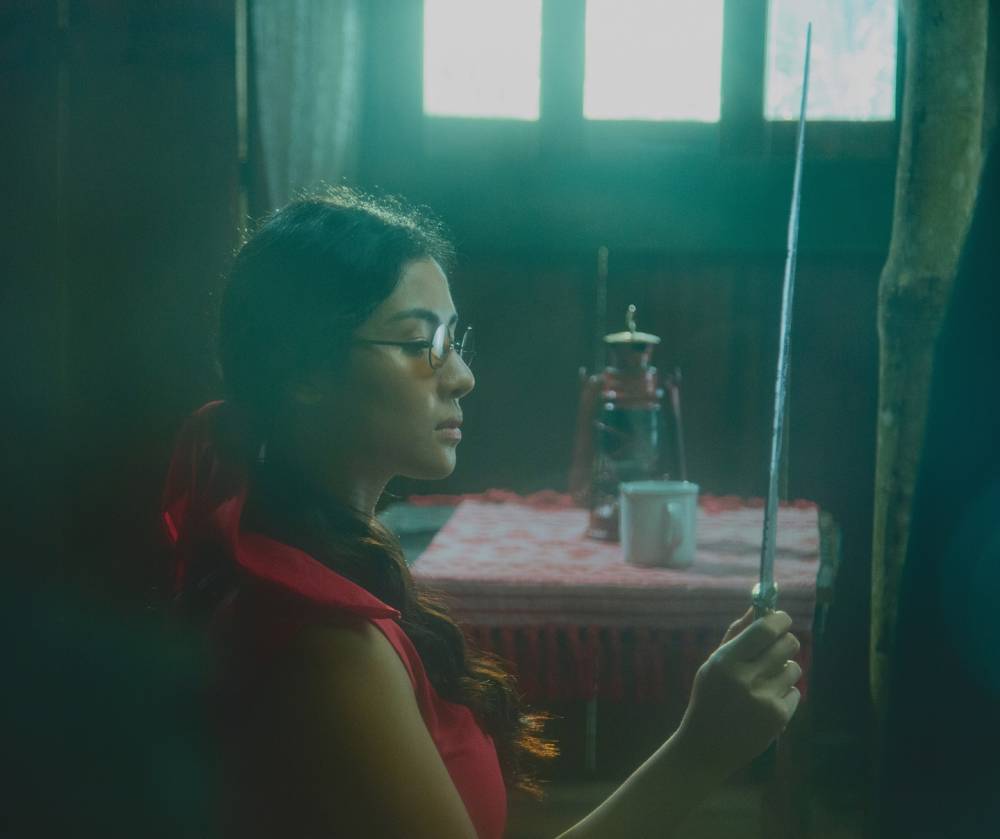
King Mark Baco’s “Sanib,” meanwhile, examines mental health and faith under duress. As its title suggests, the story follows a girl (Jillian Ward) possessed by an unspeakable evil. In response, a priest-in-training (Martin del Rosario) is forced to confront his deepest fears in a desperate battle between light and darkness. The tale toes the line between faith and fear and depicts internal struggles that many young people face, especially in a post-pandemic world.
“Jillian’s character got possessed because she became vulnerable in life, neglected by her family,” explains Malvar, who plays a key role in the segment. “Once possessed, the evil shows all your fears, mistakes, and regrets right in front of your face to make you even more vulnerable.”
Scared but hopeful
Indeed, horror stories, Soho says, are oftentimes connected to, if not extensions of, real-life issues. But while she has mostly succeeded in blocking out the occasional unsettling visions, dreams, and encounters related to her supposed third eye—the systemic horrors persist. And these are things she can’t turn a blind eye to.
“I’m afraid of ghosts. But I’m also afraid of this downward spiral…na ‘di tayo makaahon,” Soho says of the corruption crisis and political rupture gripping our country today. “Every day, may lumalabas na mga bagong impormasyon na nakakabagabag. Sana matigil.”
“The corrupt can leave anytime with their stolen wealth,” she adds. “Pero paano tayong mga araw-araw na nagsisikap mabuhay sa ating bansa?”

This idea of being left behind in disarray is a horror that resonates with the cast. Jon Lucas, who also stars in the segment “Pocong,” is starting to feel the chill firsthand. “Can we leave our children in the kind of world we’re in right now? If our situation worsens, it’s not really us who suffer, but them,” he says. “That’s what’s scary.”
At 61, Soho says the issues she covers today remain largely unchanged from the 1980s—and it seems that things are only getting worse. “Gabi ng Lagim” attempts to tackle these topics through entertainment, but by injecting her perspective as an award-winning journalist, she hopes the film will leave audiences not only scared, but hopefully a bit more reflective.
“Hindi ka lang tatakutin—pag-iisipin ka rin,” Soho says. “Despite everything happening in the film, it tells us: Magpakatatag tayo. Laban lang.”







